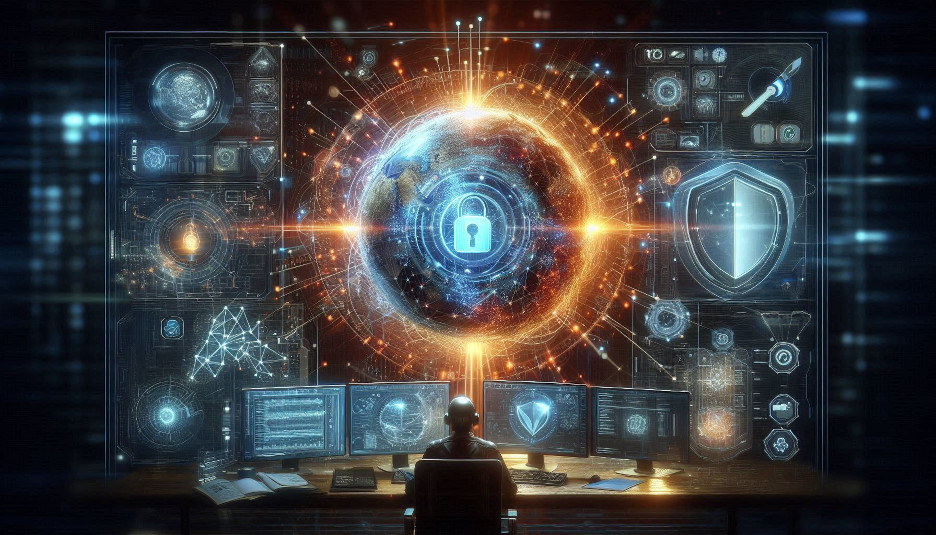The Human Factor: The Indispensable Element in Cybersecurity
-
 John Fry
John Fry - 17 Apr, 2024

The Human Factor: The Indispensable Element in Cybersecurity
While technology plays a crucial role in safeguarding our digital world, the human element remains a significant factor in both security breaches and effective defense. In this blog post, we’ll explore the multifaceted role of people in cybersecurity, from the potential risks to the essential contributions they make.
The Human Element as a Weak Link
Despite advancements in technology, human error continues to be a primary cause of security breaches. Here are some common human-related vulnerabilities:
Social Engineering Attacks:
- Phishing: Deceiving individuals into revealing sensitive information through fraudulent emails or messages.
- Spear Phishing: Targeted phishing attacks aimed at specific individuals or organizations.
- Whaling: A type of phishing attack targeting high-level executives.
Insider Threats:
- Accidental Errors: Mistakes made by employees, such as clicking on malicious links or misconfiguring systems.
- Malicious Insider Actions: Intentional acts of sabotage or data theft by disgruntled employees.
To mitigate these risks, organizations must implement strong security awareness training programs to educate employees about the latest threats and best practices. Additionally, robust access controls and monitoring systems can help prevent unauthorized access and data breaches.
The Human Element as a Strong Defense
While humans can be a weak link, they are also the strongest defense against cyber threats. Here’s how:
Cybersecurity Awareness Training:
- Educating Employees: Providing regular training on security best practices, such as password hygiene, phishing prevention, and data protection.
- Promoting a Security-Conscious Culture: Encouraging employees to report suspicious activity and adopt a security-minded mindset.
Building a Strong Security Culture:
- Recognizing and Rewarding Security Efforts: Acknowledging employees who identify and report security issues.
- Encouraging Open Communication: Creating a culture where employees feel comfortable reporting security concerns.
- Conducting Regular Security Audits and Assessments: Identifying vulnerabilities and implementing corrective measures.
Effective Incident Response Teams:
- Rapid Response: Quickly detecting and responding to security incidents.
- Incident Analysis: Thoroughly investigating the root cause of incidents.
- Lessons Learned: Identifying lessons from past incidents to improve future response efforts.
The Future of Human-Machine Collaboration in Cybersecurity
The future of cybersecurity lies in the synergy between human intelligence and artificial intelligence. AI-powered tools can automate routine tasks, detect threats, and respond to incidents more rapidly. However, human expertise is still essential to interpret complex threats, make critical decisions, and develop innovative security solutions.
Ethical Considerations:
As AI becomes more integrated into cybersecurity, it’s crucial to address ethical concerns, such as:
- Bias and Discrimination: Ensuring that AI-powered tools are unbiased and fair.
- Transparency and Accountability: Understanding how AI algorithms make decisions.
- Privacy and Security: Protecting sensitive data and privacy rights.
By understanding the human element in cybersecurity, organizations can strengthen their defenses and mitigate the risks posed by cyber threats. By investing in employee training, promoting a strong security culture, and leveraging the power of technology, we can build a more secure digital future.


